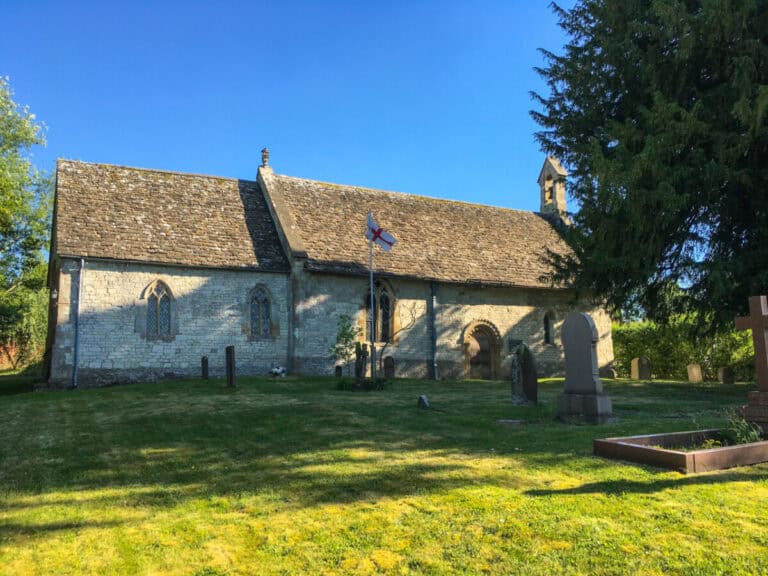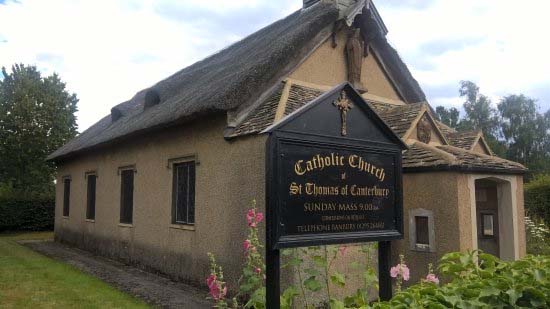A chapel of ease at Wolvercote subject to the church of St. Peter-in-the-East, Oxford, was first recorded in 1236, but architectural evidence indicates that it existed by the late 12th century. Its dependent status was confirmed in 1294. The present church built in 1860 in 14th century style (architect, Charles Buckeridge,, 1832-73) comprises chancel with north vestry, nave with north aisle and small mortuary chapel and a south porch, and west tower,





















